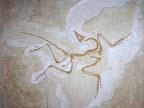 |
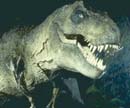 |
 |
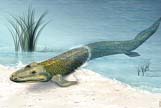 |
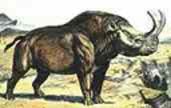 |
Produced
by the Population Genetics and Evolution class, Furman University |
||||
 |
 |
 |
 |
 |
Produced
by the Population Genetics and Evolution class, Furman University |
||||
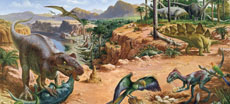 |
The
Jurassic: Giraffatitan |
 |
||
| Originally
Brachiosaurus brancai, this species of dinosaur was discovered
in a series of five incomplete fossils near Lindi, Tanzania in the early
1900s. The change in genus name is based on 26 synapomorphies primarily
in the vertebral column (Taylor 2009), and is still contested for over
a decade after it was originally proposed in 1988 (Everything Dinosaur
2008). Like the other Brachiosaurs, Giraffatitan brancai is characterized
by a neck like a giraffe’s and a short tail in proportion to its
body. G. brancai is in fact the tallest of the Brachiosaurs,
estimated at up to 25 m, with a shoulder height of up to 6.79 m, indicating
a monstrous neck that would allow this tremendous herbivore to eat out
of the highest levels of foliage (White and Kaslev 2010). Other differences
between G. brancai and others of its immediate clade include
a more slender, lighter build, and some changes in proportions of vertebrae
and skull shape. It is thought the species diverged geographically due
to migration along the supercontinent that existed during the Jurassic
period (Everything Dinosaur 2008). In addition, this migration likely
occurred in herds, based on the large numbers apparently present, indicating
a lifestyle very similar to that of modern, large, herbivorous mammals
(White and Kaslev 2010). Page by Will Towler |
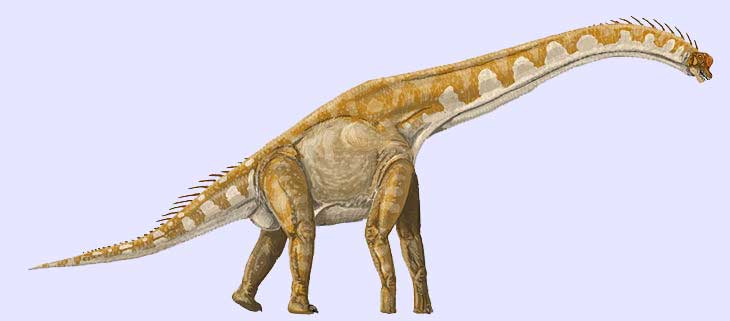 |
| Giraffatitan brancai. Pcture from: scientific-web.com | |
|
Everything Dinosaur. 2008. Everything Dinosaur Blog. Accessed March 30, 2010. White T, Kazlev MA. 2010. Sauropodomorpha. www.palaeos.com. Accessed March 30, 2010. Taylor M. 2009. A re-evaluation of Brachiosaurus altithorax Riggs 1903 (Dinosauria, Sauropoda) and its generic separation from Giraffatitan brancai (Janensch 1914). Journal of Vertebrate Peleontology 29(3):787-806. |